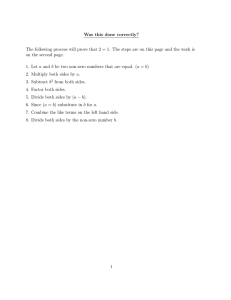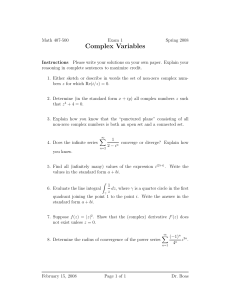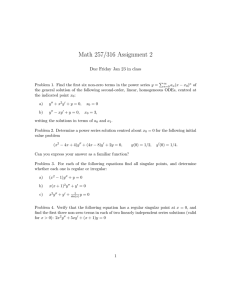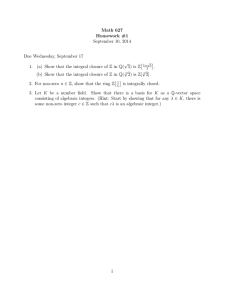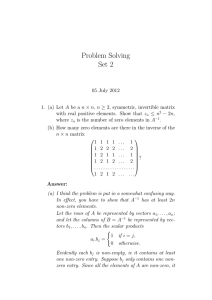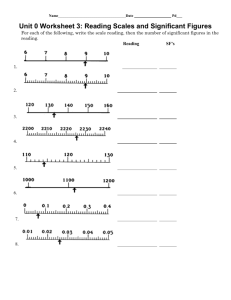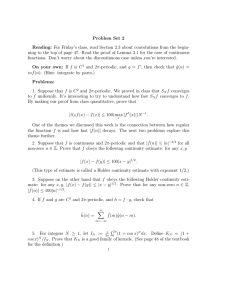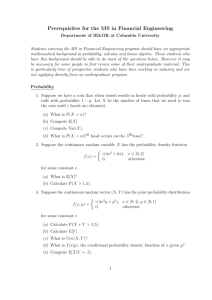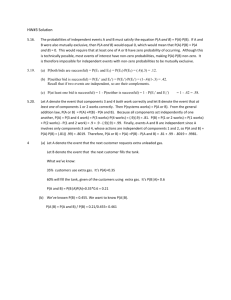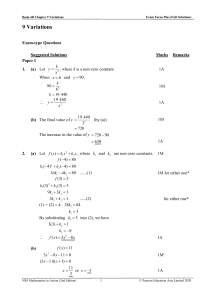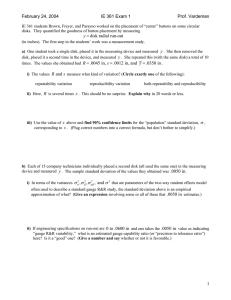STAT 512 Homework Assignment 10: Due in class, Monday December... The purpose of this exercise it so examine how effective...
advertisement
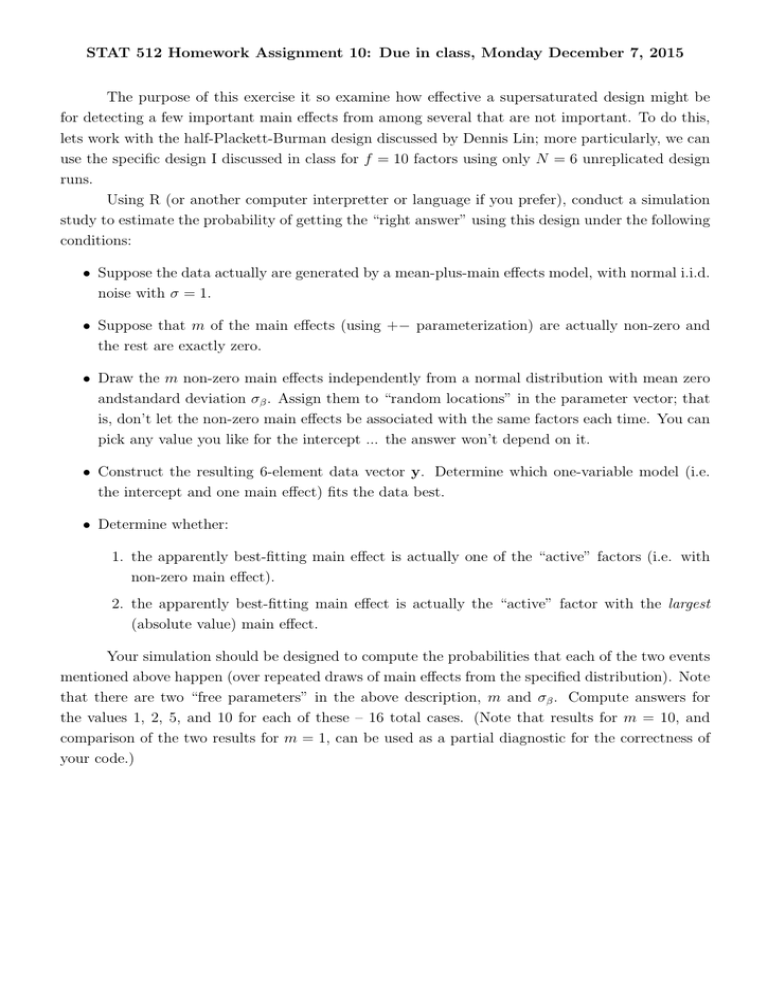
STAT 512 Homework Assignment 10: Due in class, Monday December 7, 2015 The purpose of this exercise it so examine how effective a supersaturated design might be for detecting a few important main effects from among several that are not important. To do this, lets work with the half-Plackett-Burman design discussed by Dennis Lin; more particularly, we can use the specific design I discussed in class for f = 10 factors using only N = 6 unreplicated design runs. Using R (or another computer interpretter or language if you prefer), conduct a simulation study to estimate the probability of getting the “right answer” using this design under the following conditions: • Suppose the data actually are generated by a mean-plus-main effects model, with normal i.i.d. noise with σ = 1. • Suppose that m of the main effects (using +− parameterization) are actually non-zero and the rest are exactly zero. • Draw the m non-zero main effects independently from a normal distribution with mean zero andstandard deviation σβ . Assign them to “random locations” in the parameter vector; that is, don’t let the non-zero main effects be associated with the same factors each time. You can pick any value you like for the intercept ... the answer won’t depend on it. • Construct the resulting 6-element data vector y. Determine which one-variable model (i.e. the intercept and one main effect) fits the data best. • Determine whether: 1. the apparently best-fitting main effect is actually one of the “active” factors (i.e. with non-zero main effect). 2. the apparently best-fitting main effect is actually the “active” factor with the largest (absolute value) main effect. Your simulation should be designed to compute the probabilities that each of the two events mentioned above happen (over repeated draws of main effects from the specified distribution). Note that there are two “free parameters” in the above description, m and σβ . Compute answers for the values 1, 2, 5, and 10 for each of these – 16 total cases. (Note that results for m = 10, and comparison of the two results for m = 1, can be used as a partial diagnostic for the correctness of your code.)
